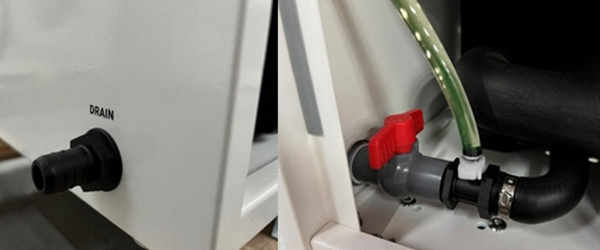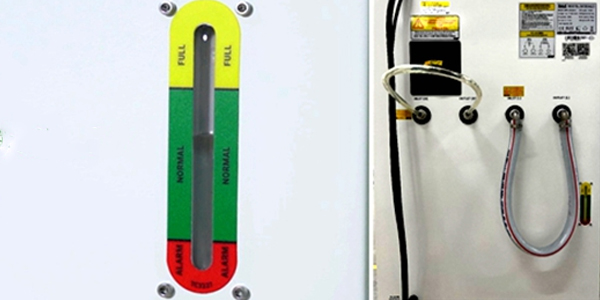Industrial chillers are equipped with multiple automatic alarm functions to ensure production safety. When an E9 liquid level alarm occurs on your industrial chiller, follow the following steps to troubleshoot and resolve the issue. If the problem is still difficult, you can try to contact the chiller manufacturer’s technical team or return the industrial chiller for repairs.
Industrial chillers are equipped with multiple automatic alarm functions to ensure production safety. When faced with an E9 liquid level alarm, how can you quickly and accurately diagnose and resolve this chiller issue?
1. Causes of the E9 Liquid Level Alarm on Industrial Chillers
The E9 liquid level alarm typically indicates an abnormal liquid level in the industrial chiller. Possible causes include:
Low water level: When the water level in the chiller falls below the set minimum limit, the level switch triggers the alarm.
Pipe leakage: There may be leaks in the inlet, outlet, or internal water pipes of the chiller, causing the water level to drop gradually.
Faulty level switch: The level switch itself might malfunction, leading to false alarms or missed alarms.

2. Troubleshooting and Solutions for E9 Liquid Level Alarm
To accurately diagnose the cause of the E9 liquid level alarm, follow these steps for inspection and develop corresponding solutions:
Check the water level: Start by observing whether the water level in the chiller is within the normal range. If the water level is too low, add water to the specified level. This is the most straightforward solution.
Inspect for leaks: Set the chiller to a self-circulation mode and directly connect the water inlet to the outlet to better observe for leaks. Carefully examine the drain, the pipes at the water pump’s inlet and outlet, and the internal water lines to identify any potential leak points. If a leak is found, weld and repair it to prevent further drops in the water level. Tip: It is recommended to seek professional repair assistance or contact after-sales service. Regularly check the chiller’s pipes and water circuits to prevent leakage and avoid triggering the E9 liquid level alarm.
Check the status of the level switch: First, confirm that the actual water level in the water chiller meets the standard. Then, inspect the level switch on the evaporator and its wiring. You can perform a short-circuit test using a wire—if the alarm disappears, the level switch is faulty. Then replace or repair the level switch promptly, and ensure correct operation to avoid damaging other components.

When an E9 liquid level alarm occurs, follow the above steps to troubleshoot and resolve the issue. If the problem is still difficult, you can try to contact the chiller manufacturer’s technical team or return the industrial chiller for repairs.
We're here for you when you need us.
Please complete the form to contact us, and we'll be happy to help you.
Copyright © 2025 TEYU S&A Chiller - All Rights Reserved.